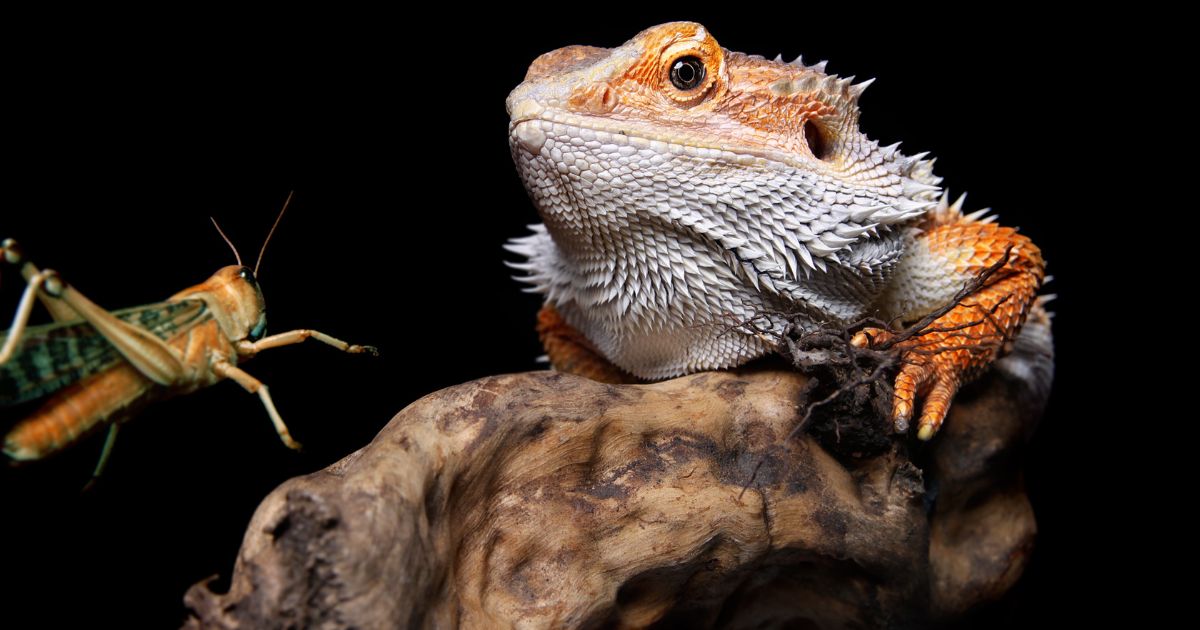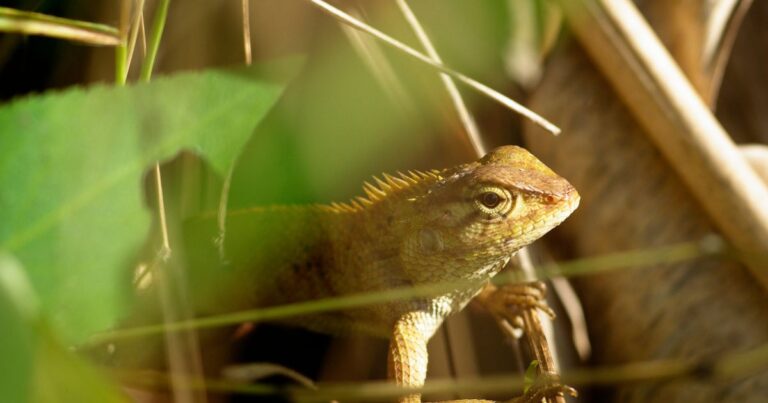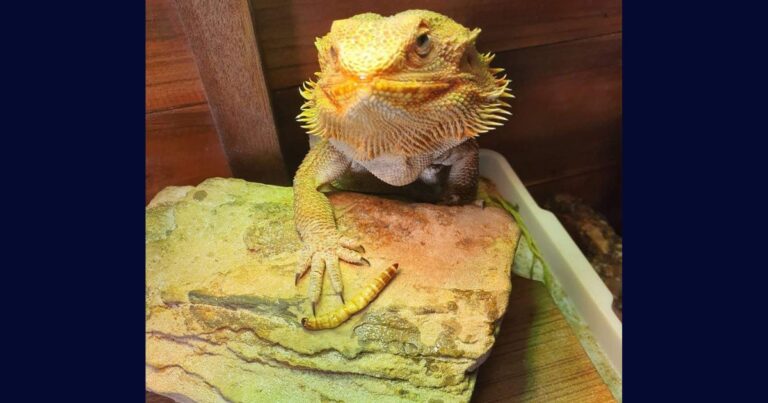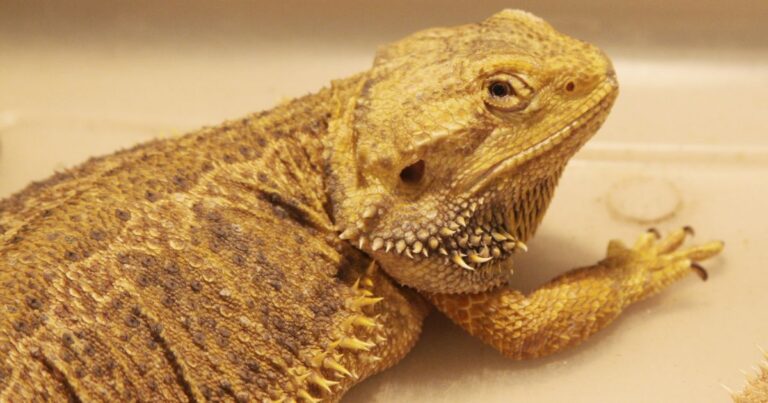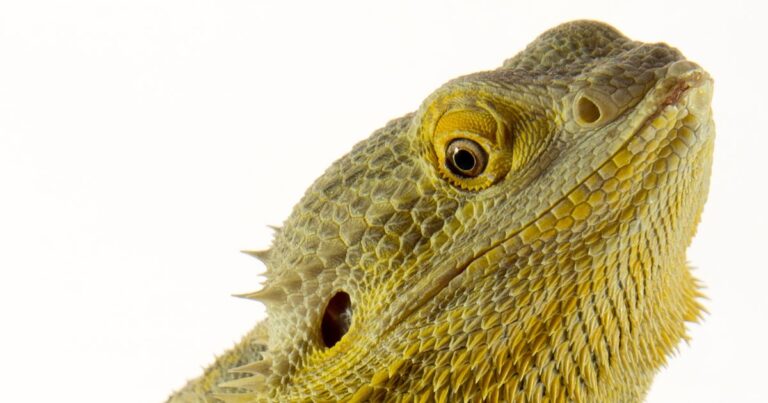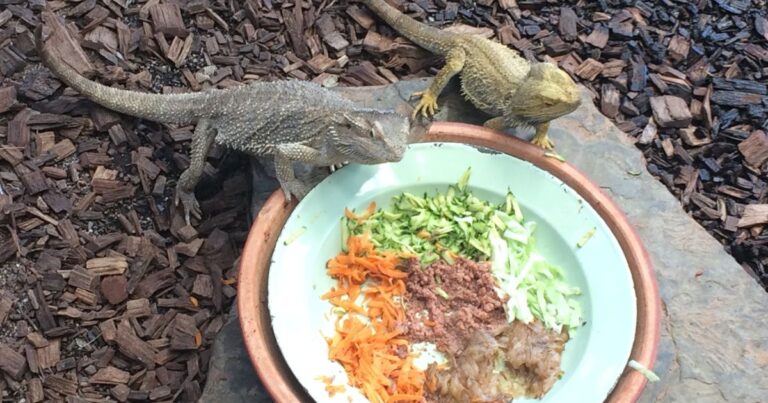Feeding tips for picky eaters
Table of Contents
“Feeding tips for picky eaters” – sounds like a challenge, right? Especially when your picky eater is a bearded dragon! But don’t worry, I’ve got some tried-and-true tips to turn your dragon’s mealtime frown upside down. Stick around to unravel the secrets!
Introduction
If you’re a proud owner of a bearded dragon like me, you’ve probably had those days where your scaly friend turns into a picky eater. It can be frustrating and worrisome when your pet turns up its nose at the food you offer. But don’t worry, you’re not alone in this. Many bearded dragon owners have faced this issue and, with the right strategies, have successfully navigated their way through it. In this article, we’ll explore some effective feeding tips for picky eaters that can help make mealtime a joy for both you and your bearded dragon.
The key to feeding a picky bearded dragon is patience, creativity, and a lot of love.
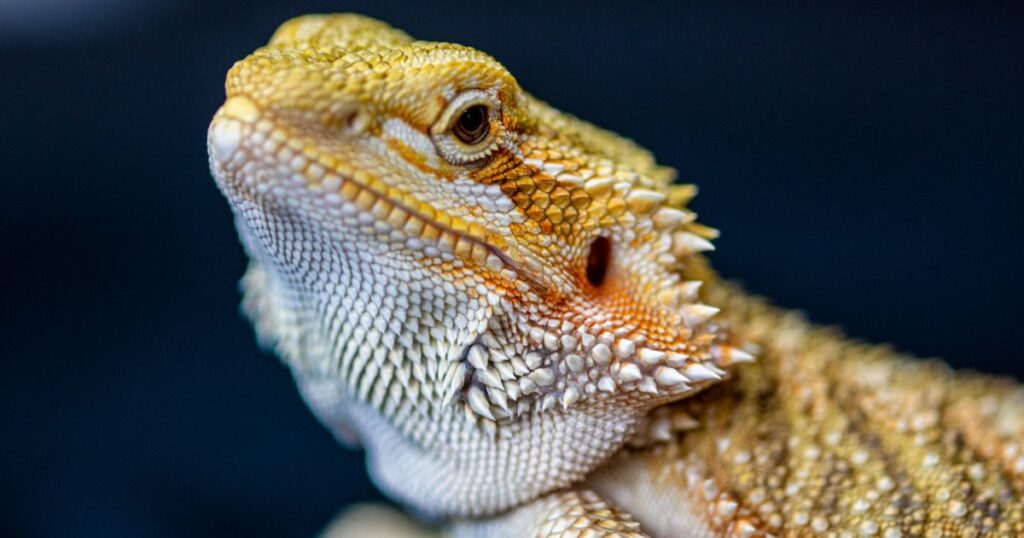
Bearded Dragons’ Eating Habits
Before we dive into the feeding strategies, let’s take a moment to look at the eating habits of our beloved bearded dragons. These fascinating reptiles are omnivores, which means they eat both plants and animals. In the wild, their diet includes a variety of insects, small rodents, and a mix of leafy greens and fruits. However, in captivity, their diet can be a bit more controlled and balanced. Understanding their natural eating habits can provide us with valuable insights into their dietary needs and preferences, helping us create a feeding strategy that aligns with their instinctual behaviors.
The Importance of a Varied Diet
Just like us, bearded dragons thrive on a diverse diet. A varied diet not only ensures they get all the necessary nutrients but also keeps them interested in their food. Imagine eating the same thing every day, wouldn’t you get bored? The same goes for our scaly friends. Rotating between different types of greens, vegetables, and live food can make a significant difference in their appetite. It’s also important to remember that the dietary needs of bearded dragons change as they grow. Juveniles need more protein, which means more insects, while adults need a diet rich in greens and vegetables.
Bearded Dragon Age vs. Diet Composition
| Bearded Dragon Age | Live Food (%) | Greens (%) |
|---|---|---|
| Juvenile | 70 | 30 |
| Adult | 20 | 80 |
Benefits of a Varied Diet
- Ensures all necessary nutrients are provided
- Keeps the dragon interested in food
- Aligns with their natural eating habits
Strategies for Stimulating Appetite
Now, let’s talk about some tried-and-true strategies that can help stimulate your bearded dragon’s appetite. One effective approach is to make feeding time interactive. Bearded dragons are naturally curious creatures and enjoy a bit of a challenge. Try hand-feeding your dragon or use feeding tongs to mimic the movement of live prey. Another strategy is to offer fresh and colorful vegetables. The vibrant colors can attract your dragon’s attention and stimulate their appetite. Lastly, maintaining a regular feeding schedule can also help. Bearded dragons are creatures of habit and thrive on routine.
Feeding tips for picky eaters
- Make feeding time interactive
- Offer fresh and colorful vegetables
- Maintain a regular feeding schedule
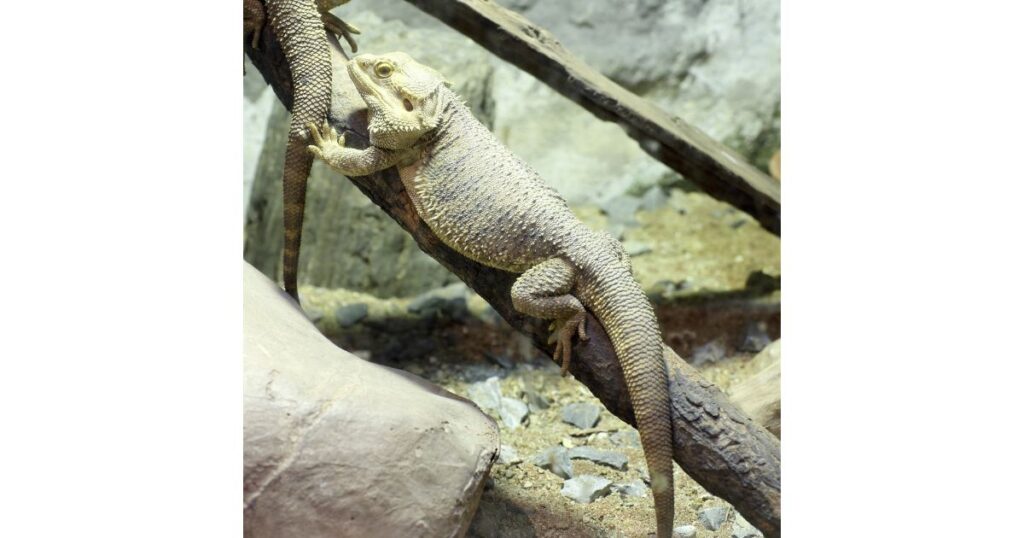
The Role of Appetite Stimulants
Sometimes, despite our best efforts, our bearded dragons might need a little extra help to get their appetite going. This is where appetite stimulants come into play. These are products or supplements designed to boost your dragon’s desire to eat. However, it’s important to use these stimulants judiciously and under the guidance of a reptile vet. Overuse can lead to dependency and other health issues. Remember, appetite stimulants are not a substitute for a balanced diet and proper care. They should be used as a last resort, not a go-to solution.
Appetite Stimulants for Bearded Dragons
| Appetite Stimulant | Usage |
|---|---|
| Bee Pollen | Sprinkle on food |
| Reptile Booster | Mix with water and feed |
The Feeding Experience: Making it Interactive and Enjoyable
Feeding time shouldn’t be a chore for you or your bearded dragon; it should be an enjoyable experience. One way to make feeding time fun is by turning it into a game. For instance, you can hide the food in their enclosure and let your dragon hunt for it. This not only stimulates their appetite but also provides them with much-needed mental stimulation. Another way to enhance the feeding experience is by hand-feeding your dragon. This can help strengthen your bond with your pet and make mealtime a shared activity.
Tips for Making Feeding Time Fun
- Turn feeding into a game
- Hand-feed your dragon
- Hide food in their enclosure
When to Hold Your Ground and When to Consult a Reptile Vet
While it’s important to be patient and persistent with your bearded dragon, it’s equally important to know when to seek professional help. If your dragon refuses to eat for several days, shows signs of weight loss, or exhibits other symptoms like lethargy, it’s time to consult a reptile vet. These could be signs of underlying health issues that need immediate attention. Remember, when it comes to your pet’s health, it’s always better to be safe than sorry.
Signs to Consult a Reptile Vet
- Refusal to eat for several days
- Signs of weight loss
- Lethargy or other unusual behaviors
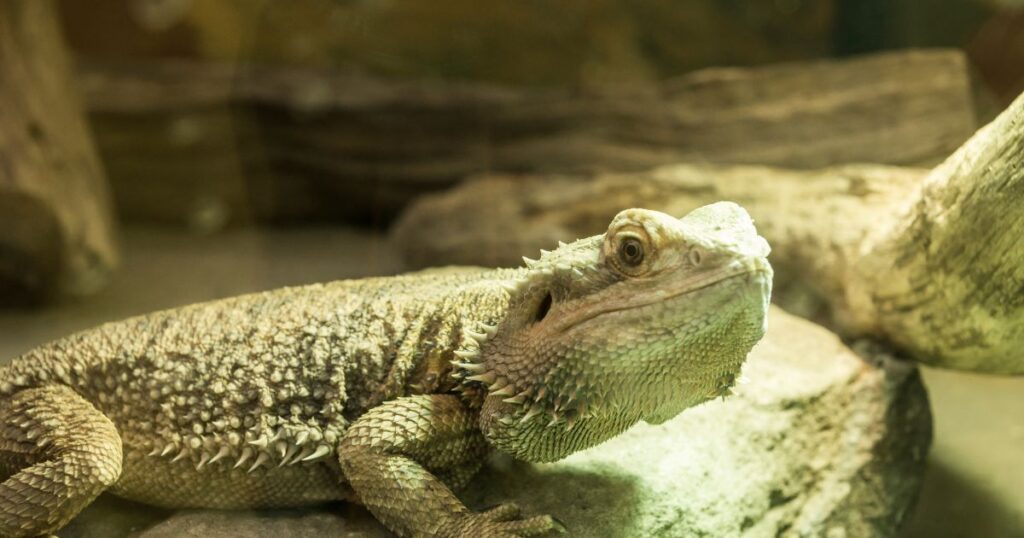
The Role of UVB Exposure in Bearded Dragons’ Appetite
Did you know that sunlight or, more specifically, UVB exposure plays a crucial role in your bearded dragon’s appetite? Bearded dragons need UVB light to synthesize vitamin D3, which in turn helps them absorb calcium from their diet. Without adequate UVB exposure, your dragon may lose its appetite and develop serious health issues like metabolic bone disease. Therefore, ensuring your dragon gets enough UVB light, either through direct sunlight or a UVB lamp, is essential for its appetite and overall health.
UVB Exposure for Bearded Dragons
| UVB Source | Duration (Hours/Day) |
|---|---|
| Sunlight | 1-2 |
| UVB Lamp | 10-12 |
Live Food vs. Greens: Striking the Right Balance
Striking the right balance between live food and greens can be a game-changer when it comes to feeding your bearded dragon. As mentioned earlier, juvenile bearded dragons need more protein, so their diet should consist of about 70% live food and 30% greens. As they grow older, their dietary needs shift towards more greens and vegetables, with an adult bearded dragon’s diet consisting of about 20% live food and 80% greens.
Live food, such as insects and worms, can be particularly enticing for picky eaters due to their movement. However, it’s important not to over-rely on them, especially with adult dragons. Greens and vegetables should form the bulk of their diet. If your dragon is reluctant to eat greens, try mixing them with live food or use colorful and varied vegetables to pique their interest.
Common Live Food for Bearded Dragons
| Live Food | Protein Content (%) |
|---|---|
| Crickets | 21 |
| Mealworms | 20 |
| Waxworms | 16 |
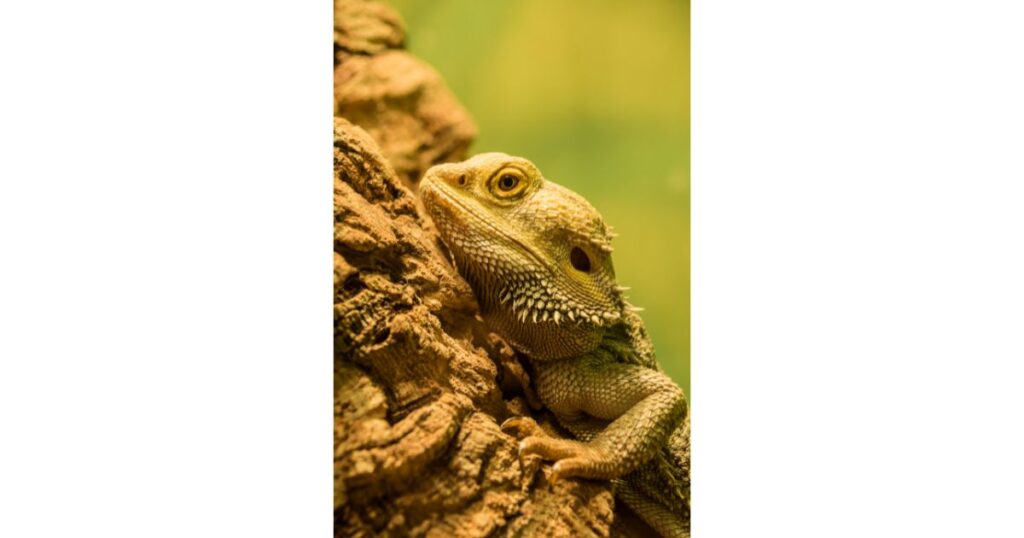
Common Greens for Bearded Dragons
| Greens | Vitamin A (IU) |
|---|---|
| Kale | 15376 |
| Spinach | 9377 |
| Carrots | 16706 |
Remember, every dragon is unique. What works for one might not work for another. It’s all about understanding your dragon’s preferences and needs.
Conclusion
Feeding a picky bearded dragon can be a challenge, but with the right strategies and a lot of patience, it can turn into an enjoyable experience for both of you. Remember, every dragon is unique and what works for one might not work for another. It’s all about understanding your dragon’s preferences and needs, and being flexible and creative in your approach.
And most importantly, don’t forget to consult a reptile vet if your dragon’s eating habits cause concern. After all, our scaly friends rely on us for their well-being. With the right care and a lot of love, you can ensure your bearded dragon thrives and enjoys their meals as much as you enjoy their company.
If you want to learn more about bearded dragon care, check out the Bearded Dragon Care category. And don’t forget to check out my index page on Bearded Dragon Diet. Happy dragon parenting!
For those of you who are curious about other aspects of bearded dragon diet, you might find our previous posts Vegetables and greens for bearded dragons and High-protein diet options for bearded dragons interesting.
Disclaimer: This article is intended for informational purposes only. It’s not a substitute for professional veterinary advice. Always consult with a qualified veterinarian or a bearded dragon expert if you have concerns about your pet’s health or diet.
Frequently Asked Questions
How do I get my picky bearded dragon to eat?
Try offering a variety of foods, including different types of greens, vegetables, and live food. Make feeding time interactive and fun by hand-feeding your dragon or using feeding tongs to mimic the movement of live prey.
How do I get my bearded dragon to eat if he won’t eat?
First, ensure that your dragon’s habitat is set up correctly, with the right temperature and UVB lighting. If your dragon still refuses to eat, try changing up their diet or making feeding time more interactive. If all else fails, consult a reptile vet.
Why is my bearded dragon being a picky eater?
Bearded dragons can become picky eaters for various reasons, including stress, illness, or simply boredom with their diet. Try offering a variety of foods and making feeding time fun and interactive. If your dragon continues to be picky, it might be a sign of an underlying health issue, and you should consult a vet.
What can I feed my bearded dragon if I don’t have food?
If you’re out of bearded dragon food, you can offer them fresh vegetables and fruits, like bell peppers, squash, apples, and berries. However, this should be a temporary solution. Bearded dragons need a balanced diet that includes greens, vegetables, and live food like insects.
How do you deal with a picky bearded dragon?
Patience and creativity are key when dealing with a picky bearded dragon. Offer a variety of foods, make feeding time interactive, and maintain a regular feeding schedule. If your dragon continues to be picky, consult a reptile vet.
How long can bearded dragons go without food?
Adult bearded dragons can go without food for up to two weeks, while juveniles should eat daily. However, prolonged periods without food can lead to weight loss and other health issues. If your dragon refuses to eat for several days, consult a vet.
Should I force my bearded dragon to eat?
Forcing your bearded dragon to eat can cause stress and harm your relationship with your pet. Instead, try to make feeding time enjoyable and interactive. If your dragon consistently refuses to eat, seek advice from a vet.
Why won’t my bearded dragon eat anything but crickets?
Bearded dragons can develop preferences for certain foods, especially live prey like crickets that move and stimulate their hunting instincts. However, a diet of only crickets is not balanced and can lead to nutritional deficiencies. Try gradually introducing other foods into your dragon’s diet.
How do I know if my bearded dragon is hungry?
Signs that your bearded dragon is hungry include increased activity, glass surfing, and showing interest when you approach their enclosure with food. However, these signs can also indicate stress or other issues, so it’s important to monitor your dragon’s behavior and health.
Why won’t my beardie eat veggies?
Bearded dragons can be reluctant to eat vegetables, especially if they’re used to a diet of live food. Try mixing vegetables with live food, or offer colorful and varied vegetables to pique their interest.
Do bearded dragons stop eating when stressed?
Yes, stress can cause bearded dragons to lose their appetite. Common stressors include changes in their environment, improper habitat conditions, and illness. If your dragon stops eating and shows other signs of stress, consult a vet.
Should I handle my bearded dragon after eating?
It’s best to wait for about an hour after feeding before handling your bearded dragon. This gives them time to digest their food and reduces the risk of regurgitation.
Can a varied diet help with a picky bearded dragon?
Absolutely! A varied diet not only ensures your bearded dragon gets all the necessary nutrients but also keeps them interested in their food. Try rotating between different types of greens, vegetables, and live food.
Can UVB exposure affect my bearded dragon’s appetite?
Yes, UVB exposure is crucial for your bearded dragon’s appetite. Bearded dragons need UVB light to synthesize vitamin D3, which helps them absorb calcium from their diet.
What should I do if my bearded dragon refuses to eat greens?
Try mixing greens with live food or use colorful and varied vegetables to attract their interest. You can also try hand-feeding them greens. If your dragon consistently refuses to eat greens, consult a vet.
How can I make feeding time more enjoyable for my bearded dragon?
Make feeding time interactive by hand-feeding your dragon or using feeding tongs to mimic the movement of live prey. You can also hide food in their enclosure and let them hunt for it.
Can I feed my bearded dragon human food?
While bearded dragons can eat some human foods like fruits and vegetables, their diet should be specifically tailored to their nutritional needs. Always consult a vet or a bearded dragon care guide before introducing new foods into your dragon’s diet.
If you want to learn more about bearded dragon care, check out the Bearded Dragon Care category. And don’t forget to check out my index page on Bearded Dragon Diet. Happy dragon parenting!
Don’t forget to check out my other pages in this category: Vegetables and greens for bearded dragons and High-protein diet options for bearded dragons
